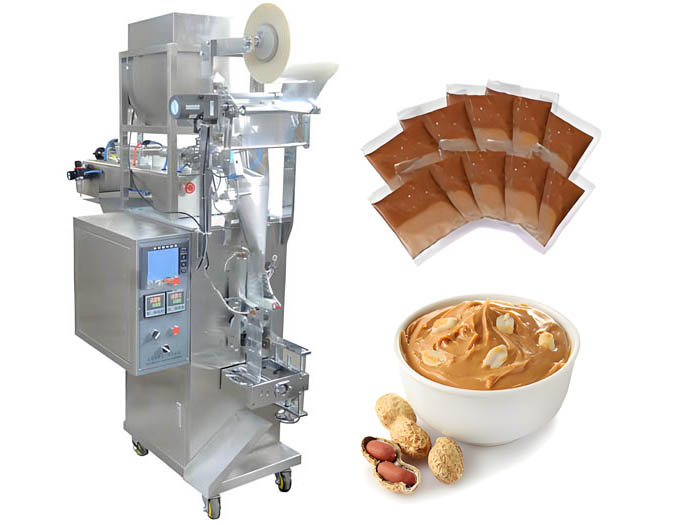In the production process of peanut butter, the stable operation of the filling machine is the key to ensure product quality and productivity. In order to keep the filling machine, especially the peanut butter filling machine in the best condition, routine maintenance is especially important. This not only helps to prevent malfunctions and extend the service life of the equipment, but also ensures the safety and efficiency of the production line.

Below is a detailed set of routine maintenance guidelines designed to help ensure that your filling machine is in top working order:
1. Familiarize yourself with the operator’s manual: Read and understand in depth the operation and maintenance manual provided by the manufacturer. This manual is an invaluable resource for understanding equipment maintenance procedures, recommended maintenance intervals and specific maintenance requirements.
2. Daily Cleaning: Thoroughly clean the filler after each use using an approved cleaner and following the manufacturer’s instructions to prevent peanut butter residue, reduce bacterial growth, and prevent corrosion.
3. Wear Parts Inspection and Replacement: Regularly inspect and replace worn parts such as moving parts, seals, gaskets, etc. to ensure equipment stability and accuracy.
4. Lubrication Management: Lubricate filling machines with recommended lubricants according to the manufacturer’s lubrication program to reduce friction, improve operating efficiency, and extend equipment life.
5. Fastener Inspection: Regularly inspect and tighten all fasteners and connections to prevent loosening due to vibration and to ensure equipment stability and safety.
6. Calibration and Adjustment: Regular calibration of adjustable filling settings ensures accurate filling volume to avoid over or under filling.
7. Electrical Component Inspection: Regularly inspect the electrical system, including switches, motors and sensors, to ensure proper functioning and prevent electrical malfunctions.
8. Safety Function Verification: Verify the effectiveness of all safety functions, emergency stop buttons and guards to ensure employee safety.
9. Environmental Maintenance: Keep the environment around the filling machine tidy to prevent foreign objects and debris from entering the equipment and affecting performance.
10. Employee Training: Provide comprehensive operation and maintenance training to operators to improve their equipment operation skills and fault prevention awareness.
11. Professional Maintenance Arrangement: Although routine maintenance can be completed by operators, regular professional maintenance should be performed by the manufacturer or qualified technicians to ensure comprehensive inspection of the equipment and timely detection and treatment of potential problems.
12. Maintenance Record Keeping: Establish and maintain a detailed maintenance log to record each maintenance activity, including cleaning, inspection, repair and replacement of parts, in order to track equipment performance and identify and resolve recurring problems.
The demand for peanut butter filling machines is growing globally, especially in North America, Europe and Asia. China and India, in particular, have seen rapid growth in demand for peanut butter in recent years. With the rapid development of the food processing industry, the application of peanut butter filling machine in these regions is becoming more and more widespread.

